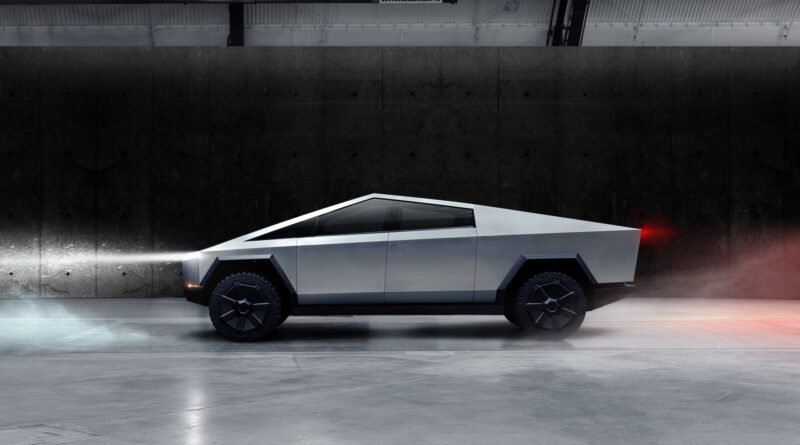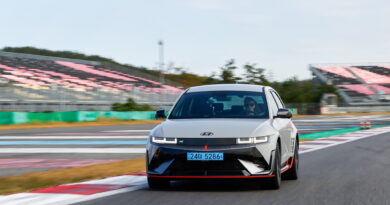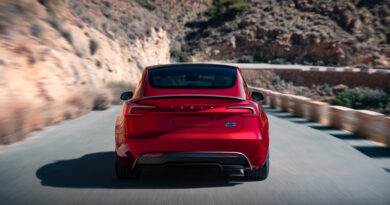Where are all the exciting-looking EVs?
Look, there’s no doubt that if you’re a fan of door wedges, or Blade Runner films, Tesla’s Cybertruck is very exciting to look at.
There are even people, some of whom must have fully functioning eyes, because they’re allowed to drive, who find the Model X attractive.

I’ve seen more desirable dissections of frogs, personally, but I won’t deny that it is, at the very least, adventurous and eye-catching.
Show us the style
But where are the other exciting designs that will allow EVs to properly turn heads, and thus create excitement, as they make their inevitable climb to global domination?
What are the major car companies up to when it comes to creating vehicles that stand out from their usual, predictable efforts?
Not so many years ago, at the launch of what was being called, at the time, the first luxury EV from a major car maker, Jaguar’s I-Pace, the company’s entertaining chief designer, Ian Callum, got me very excited about the future.
In his usual, colourful style he raved on about how EVs were a chance to change the motor vehicle more than it has been changed in a century. The fact that designers like him no longer had to worry about having big, ugly fixed points, like an engine under the bonnet, to design around would free them up in new and enticing ways.
Or so he thought. To be fair, he was also somewhat baffled at why no one else in the industry seemed to be as excited as he was.
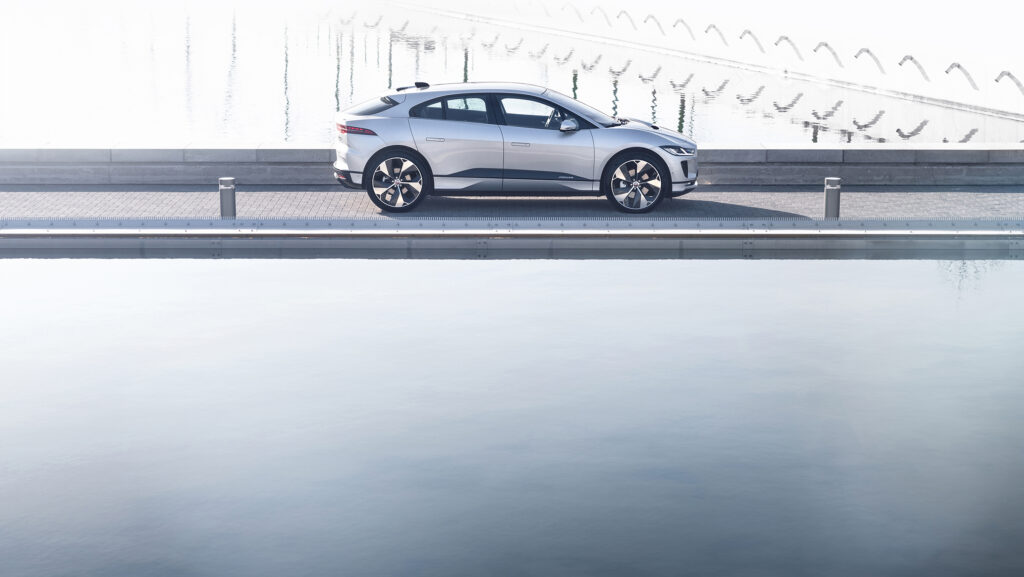
The I-Pace he was showing us that day in Los Angeles was just a concept at the time, but he was very keen to point out how he’d stretched the passenger cell forward into the space where an engine would normally be, allowing him to maintain an SUV-sized cabin without the high, slab-sided shape they normally entail.
The production version doesn’t look quite as exciting to me, but then it is only a fool of the lowest order who expects concept cars to actually end up on the road.
Back to reality
Which brings me to the Mercedes-Benz Vision EQS Concept, which EV Central drove recently.
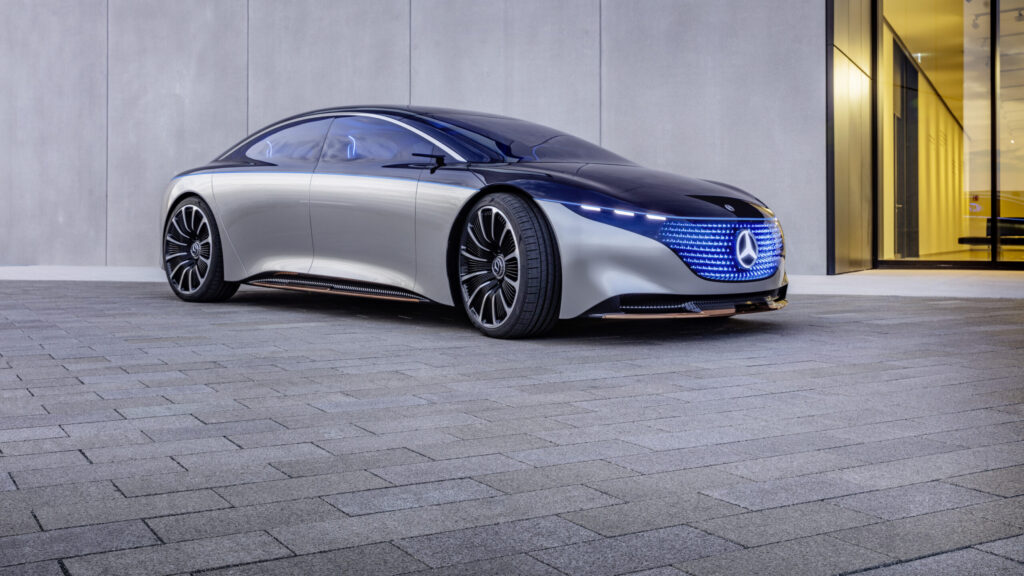
It looks wondrously futuristic and hugely exciting, but it also looks very much like a concept and, with all those amazing lighting effects creating a kind of glowing-jewellery effect, not very likely to roll up in a dealership anytime soon.
The already road-ready EQC is a very pleasant looking thing, with tweaks here and there to make it stand out slightly from its ICE brethren, but radical it is not.
Suicide doors aside, Mazda’s CX-30, that company’s first proper EV effort, is similarly safe rather than sizzling, which is strange for a company that can clearly design beautiful cars when it wants to.
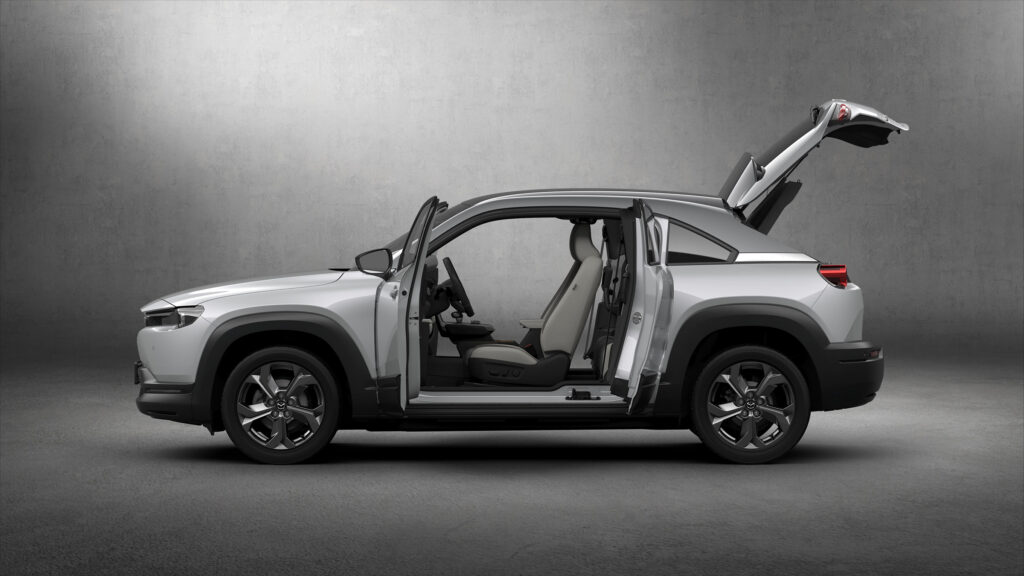
Let’s not even dwell for long on the Nissan Leaf, one of the most successful EVs in the history of the world, but very much in spite of its looks rather than because of them.
I’m a big fan of its distant cousin, the Renault Zoe, but again, it’s a good-looking small car, rather than something as revolutionary as the Cybertruck.
And Nissan has shown more design flair with its just-revealed Ariya, a mid-sized SUV with the Tesla Model Y as a target.
Supercar EV stars
But what of the truly great car-designing companies, then, the Italian ones, and the Germanic folks at Porsche?
The Ferrari SF90 Stradale is one hell of a hot-looking plug-in hybrid.
And we’re yet to see Lamborghini’s efforts on plugging in.
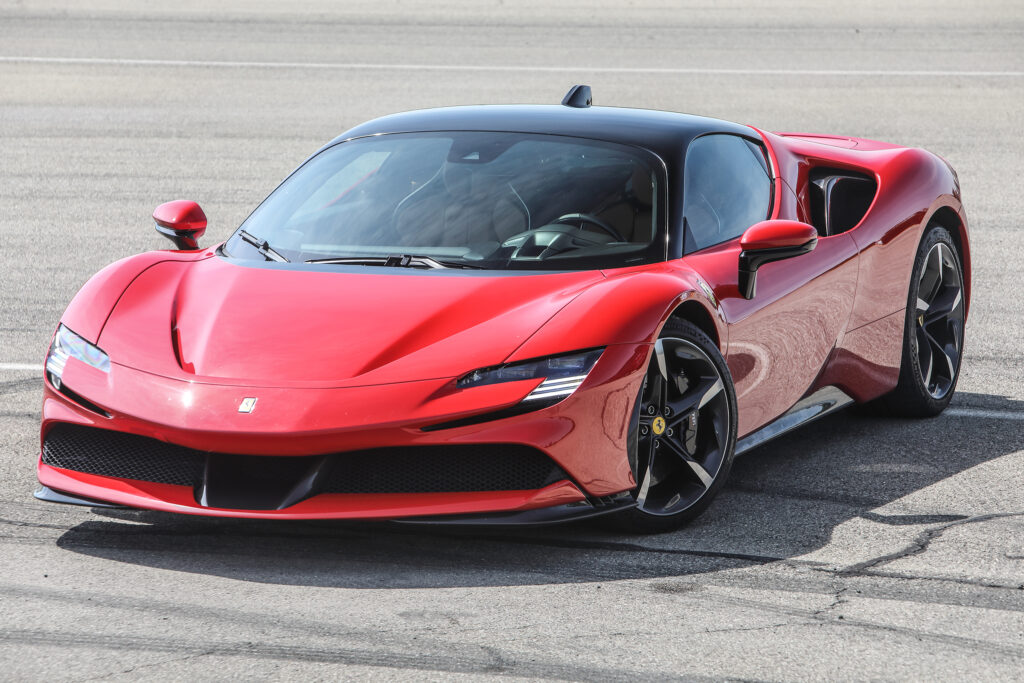
Porsche’s Taycan should at least get points for making an effort to look eyecatching. It certainly doesn’t reinvent the car, but it does at least reimagine what a sporty Porsche looks like.
Personally, though, I pine for more from the car companies with the budgets, and the incentives, to have a bit of a go with EV design.
Audi threatens to impress with its e-Tron range, and may yet get there. A company that can produce the TT has to be half a chance.
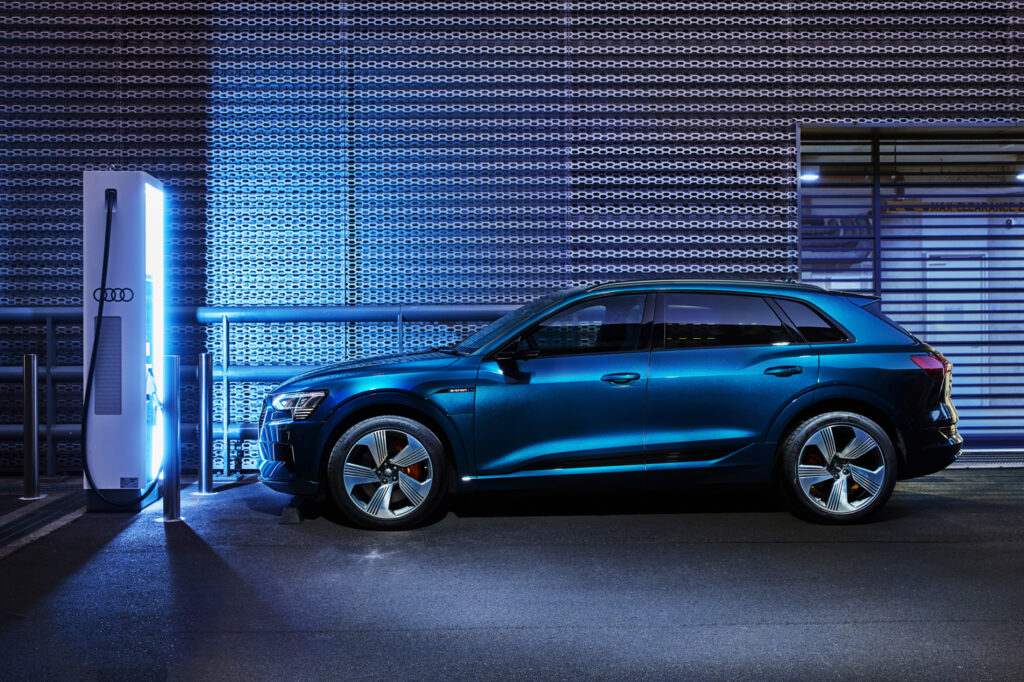
If the majors don’t do it straight away, at least they’ll get a push along from Elon Musk and other companies like Fisker.
And if all electric pick-up trucks look as wild as Tesla’s latest offering, at least our roads will never be boring.

